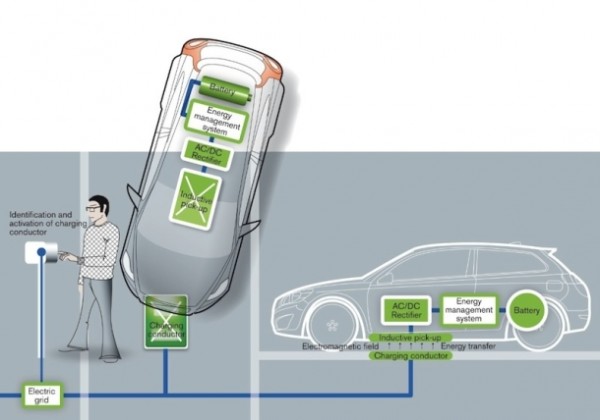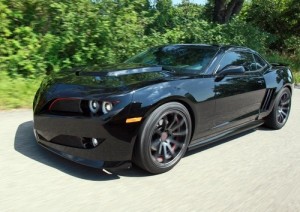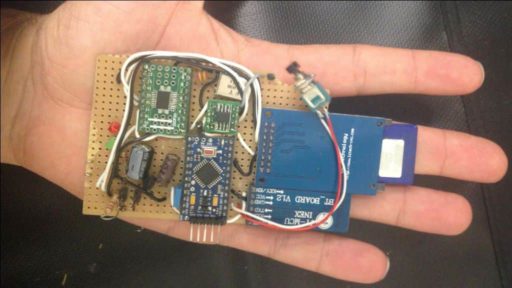The Swedish manufacturer is working with Belgian technology firm Flanders’ Drive to develop technology that would allow electric vehicles to be charged without the need for cables or power sockets and the battery is refilled wirelessly via charging plate in the road surface. As soon as drivers pull into their garage or parking spot, a charging plate that’s embedded in the ground can start the process and the system is based on inductive charging, the same process that provides juice to your electric toothbrush, a magnetic field transfers power to the car…………
Volvo will begin testing wireless charging technology on its Volvo C30 Electric that will let drivers recharge the battery without touching a cable or dirtying their hands. The current C30 Electric that will begin customer testing in Europe later this year uses a cable to plug into the car’s grille via a specially designed charge connector. In a new partnership agreement, Belgium’s state-owned Flanders’ Drive will modify a Volvo C30 Electric so a 20kWh battery can be recharged wirelessly using induction charging. With inductive charging, a magnetic field is created between a charging plate on the ground and the vehicle’s inductive pick-up, which transfers electricity from the energy source to the battery. The car’s built-in voltage converter converts the alternating current to direct current, which is fed into the car’s battery pack. Using this method, a fully drained 24kWh battery will take an hour and 20 minutes to fully recharge, according to Volvo. In the current C30 Electric, the 24kWh lithium ion battery pack can be recharged in 6-8 hours using a 230-volt outlet. Toyota recently began working with Massachusetts-based WiTricity on a similar test project that could eventually wirelessly charge the Prius. In March, Google received a Plugless Power wireless charging station developed by Virginia-based Evertran for its fleet of EVs. The Plugless Power can wirelessly recharge electric vehicles outfitted with model-specific adapters mounted to the car. The inductive charging technology is about 10 percent less efficient than delivering power using cords. “One aspect of this project is to integrate this technology into the road surface and to take energy directly from there to power the car,” says Johan Konnberg, project manager for Volvo. But it won’t be any time soon, he adds.
[ttjad keyword=”auto”]




![Read more about the article BMW Reveals Transparent Mini Cooper Concept Car [Video]](https://thetechjournal.com/wp-content/uploads/2016/06/252242_MINI-ed-512x296.jpg)